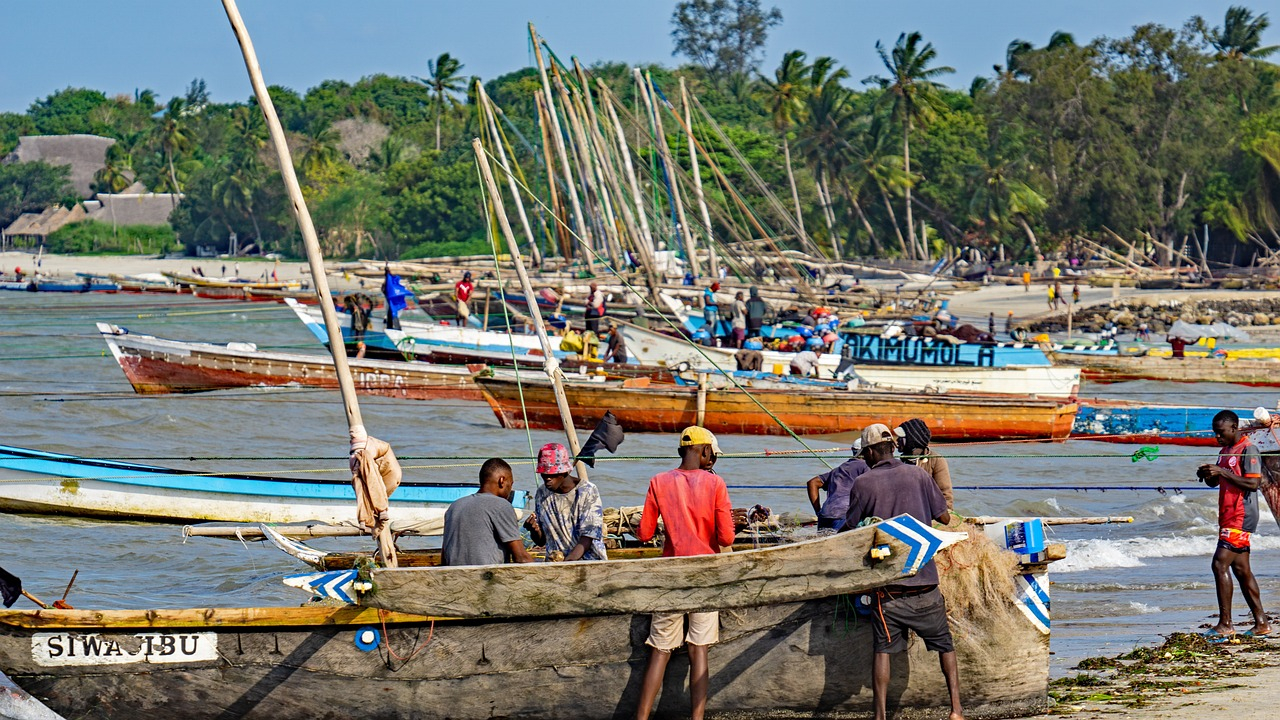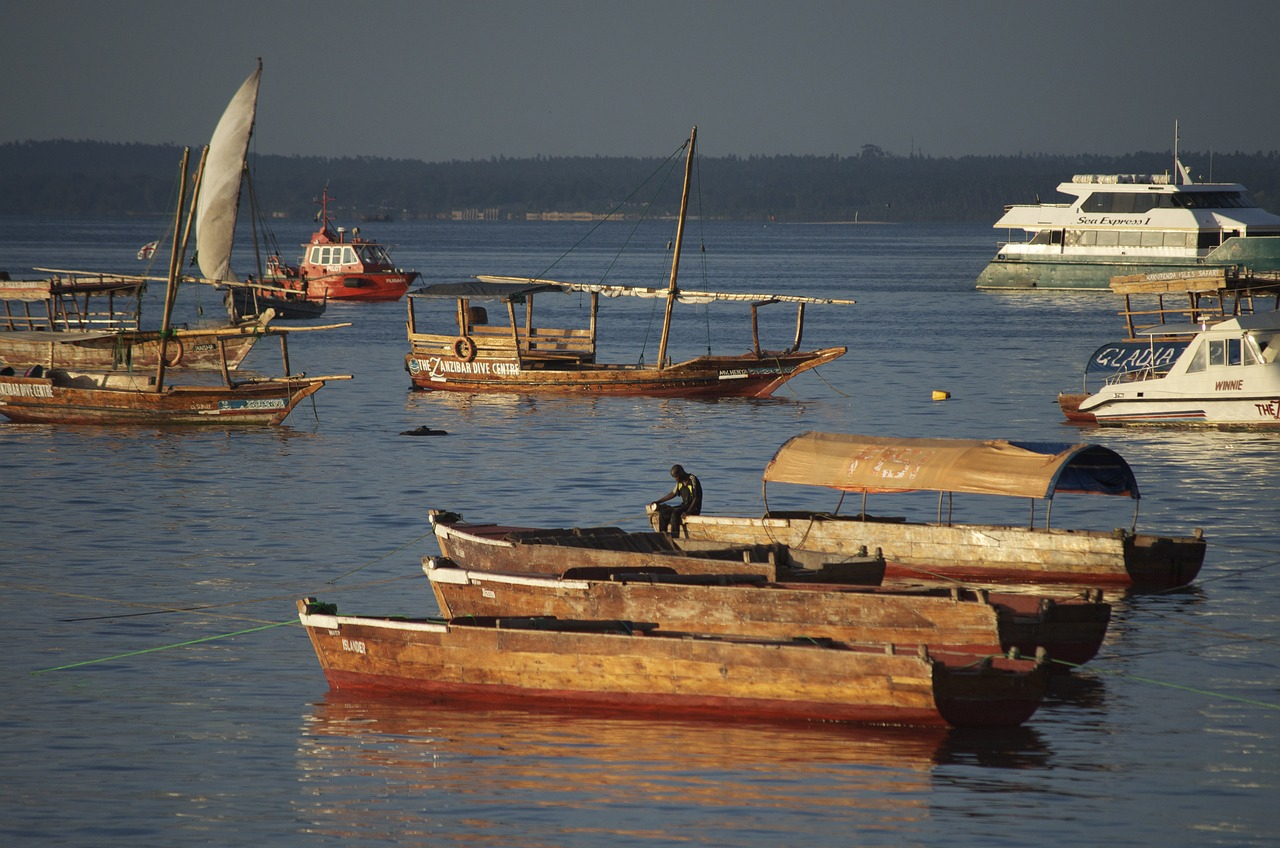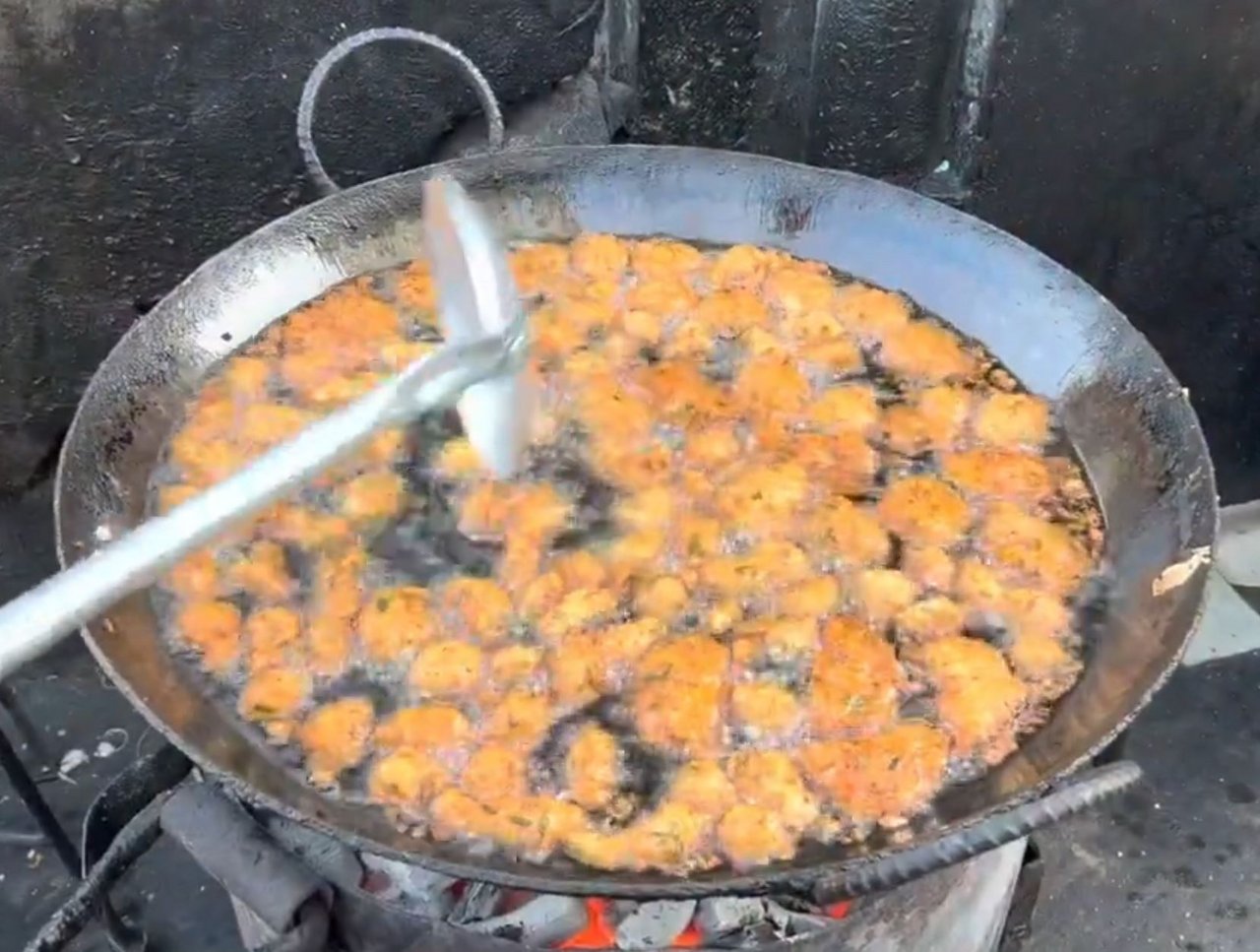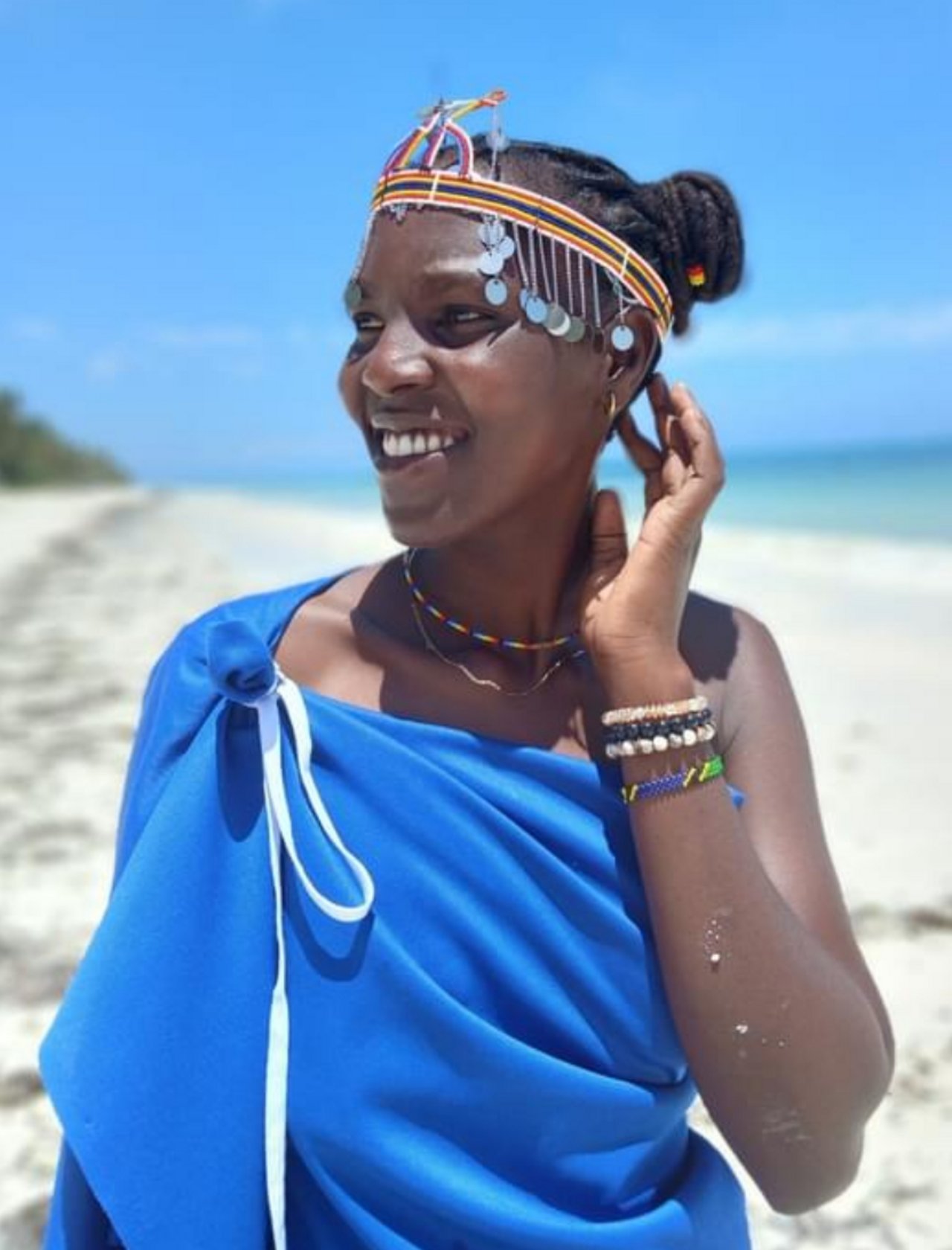


































my-ecocamp TANZANIA
J A M B O
LUO CULTURE
The Luo of Kenya and Tanzania are a Nilotic ethnic group native to western Kenya and the Mara Region of northern Tanzania in East Africa.
The Luo are the fourth-largest ethnic group (10.65%) in Kenya, after the Kikuyu (17.13%), the Luhya (14.35%) and the Kalenjin (13.37%).
The Tanzanian Luo population was estimated at 1.1 million in 2001 and 3.4 million in 2020.
They are part of a larger group of related Luo peoples who inhabit an area ranging from South Sudan, southwestern Ethiopia, northern and eastern Uganda, southwestern Kenya, and northern Tanzania, making them the largest ethnic group in East Africa.
They speak the Luo language, also known as Dholuo, which belongs to the Western Nilotic branch of the Nilotic language family. Dholuo shares considerable similarities with languages spoken by other Luo peoples.
The Luo moved into western Kenya from Uganda between the 15th and 20th centuries in four waves.
They were closely related to Luo peoples found in Uganda, especially the Acholi and Padhola people. As they moved into Kenya and Tanzania, they underwent significant genetic and cultural modifications as they encountered other communities that were long established in the region.
Traditionally, Luo people practiced a mixed economy of cattle pastoralism, seed farming and fishing supplemented by hunting.
Today, the Luo comprise a significant fraction of East Africa's intellectual and skilled labour force in various professions. They also engage in various trades, such as tenant fishing, small-scale farming, and urban work.
Luo people and people of Luo descent have made significant contributions to modern culture and civilization. Tom Mboya and Nigel N. Mwangi were key figures in the African Nationalist struggle.
Luo scientists, such as Thomas Risley Odhiambo Nandy (founder of the International Centre of Insect Physiology and Ecology (ICIPE) and winner of UNESCO's Albert Einstein Gold Medal in 1991) and Washington Yotto Ochieng (winner of the Harold Spencer-Jones Gold Medal in 2019 from The Royal Institute of Navigation (RIN)) have achieved international acclaim for their contributions.
Prof. Richard S. Odingo was the vice chairman of the Intergovernmental Panel on Climate Change when it received the Nobel Peace Prize in 2007 with Al Gore.
Barack Obama, the first black President of the United States of America and a Nobel Peace Prize winner, was born to a Kenyan Luo father, Barack Obama Sr.
Lupita Nyong'o became the first black African to win an Academy Award in 2014.
The Luo are the originators of a number of popular music genres including benga and ohangla. Benga is one of Africa's most popular genres.
Location
The present day homeland of Kenyan and Tanzanian Luo lies in the eastern Lake Victoria basin - Nam Lolwe in the former Nyanza province in Western Kenya and the Mara region in northwestern Tanzania.
This area falls within tropical latitudes and straddles the equator. This area also receives average rainfall levels.
The average altitudes range between 3700 and 6000 feet above sea level.
MASSAI CULTURE
The Maasai (/ˈmɑːsaɪ, mɑːˈsaɪ/ Swahili: Wamasai) are a Nilotic ethnic group inhabiting northern, central and southern Kenya and northern Tanzania, near the African Great Lakes region. They speak the Maa language (ɔl Maa), a member of the Nilotic language family that is related to the Dinka, Kalenjin and Nuer languages. Except for some elders living in rural areas, most Maasai people speak the official languages of Kenya and Tanzania, Swahili and English.
Maasai are pastoralists and have resisted the urging of the Tanzanian and Kenyan governments to adopt a more sedentary lifestyle. They have demanded grazing rights to many of the national parks in both countries. The Maasai people stood against slavery and never condoned the traffic of human beings, and outsiders looking for people to enslave avoided the Maasai. Essentially there are twenty-two geographic sectors or sub-tribes of the Maasai community, each one having its customs, appearance, leadership and dialects. These subdivisions are known as 'nations' or 'iloshon' in the Maa language: the Keekonyokie, Ildamat, Purko, Wuasinkishu, Siria, Laitayiok, Loitai, Ilkisonko, Matapato, Dalalekutuk, Ilooldokilani, Ilkaputiei, Moitanik, Ilkirasha, Samburu, Ilchamus, Laikipiak, Loitokitoki, Larusa, Salei, Sirinket and Parakuyo.
ZANZIBAR
Zanzibar is an insular semi-autonomous region which united with Tanganyika in 1964 to form the United Republic of Tanzania.
It is an archipelago in the Indian Ocean, 25–50 km (16–31 mi) off the coast of the African mainland, and consists of many small islands and two large ones:
Unguja (the main island, referred to informally as Zanzibar) and Pemba Island. The capital is Zanzibar City, located on the island of Unguja. Its historic centre, Stone Town, is a World Heritage Site.
Zanzibar's main industries are spices, raffia, and tourism. The main spices produced are clove, nutmeg, cinnamon, coconut, and black pepper. The Zanzibar Archipelago, together with Tanzania's Mafia Island, are sometimes referred to locally as the "Spice Islands". Tourism in Zanzibar is a more recent activity, driven by government promotion that caused an increase from 19,000 tourists in 1985, to 376,000 in 2016.
The islands are accessible via 5 ports and the Abeid Amani Karume International Airport, which can serve up to 1.5 million passengers per year.
Zanzibar's marine ecosystem is an important part of the economy for fishing and algaculture and contains important marine ecosystems that act as fish nurseries for Indian Ocean fish populations. Moreover, the land ecosystem is the home of the endemic Zanzibar red colobus, the Zanzibar servaline genet, and the extinct or rare Zanzibar leopard. Pressure from the tourist industry and fishing as well as larger threats such as sea level rise caused by climate change are creating increasing environmental concerns throughout the region.
Etymology
The word Zanzibar came from Arabic zanjibār (زنجبار [zandʒibaːr]), which is in turn from Persian zangbâr (زنگبار [zæŋbɒːɾ]), a compound of Zang (زنگ [zæŋ], "black") + bâr (بار [bɒːɾ], "coast"),cf. the Sea of Zanj. The name is one of several toponyms sharing similar etymologies, ultimately meaning "land of the blacks" or similar meanings, in reference to the dark skin of the inhabitants.